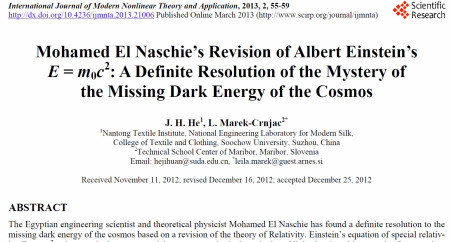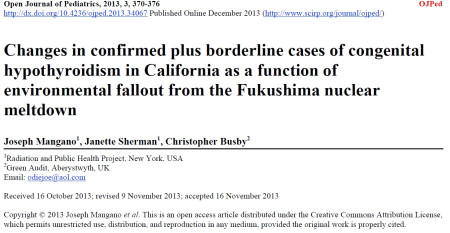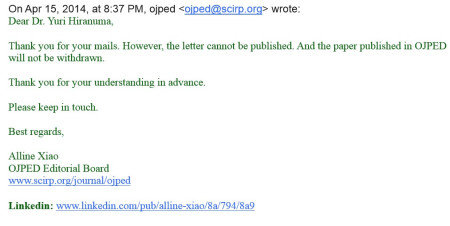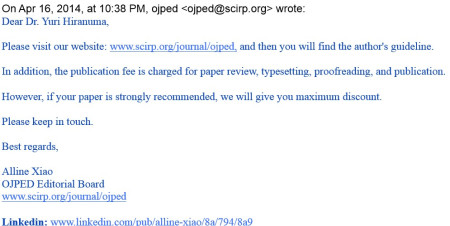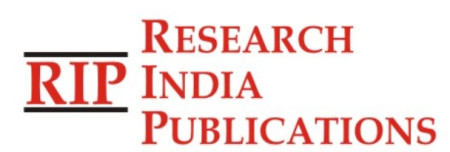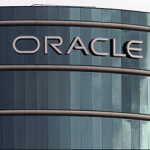Life Science Journal Delisted from Scopus

Life Science Journal has been prospectively delisted from Scopus.
I received a confirmation that Life Science Journal — published jointly by Marsland Press and Zhengzhou University — has been prospectively delisted from the Scopus database. The reasons for the delisting were not stated in the confirmation, but it’s easy to find problems with this journal.
On its website, the journal claims to have an impact factor of 0.165, and this claim is confirmed; the journal’s 2012 impact factor is indeed 0.165. What will its 2013 impact factor be, when the new impact factor data is released soon? [Update, 2014-07-30: This journal has lost its impact factor. ]
The impact factor might explain this journal’s large number of issues and articles. Formerly a quarterly, the journal now publishes monthly, and it publishes many articles per issue.

The journal is currently publishing volume 11 (2014) [see above]. Volume 11 number 1 has 60 articles in it!

Additionally, the journal is publishing 12 special issues in 2014, in addition to the 12 regular issues.
We’ve seen this before — a journal gets an impact factor and then goes crazy, accepting as many articles as possible to earn more money.

The article processing charge per article is US $640. Somebody is making a lot of easy money here. Also, judging from the articles, no copyediting is being done, as it appears the articles are being published as they are received.
By: Jeffrey Beall
Follow on Twitter
Source: Scholarly Open Access
RMS says:
July 22, 2014 at 10:28 AM
Browsing through an issue I notice a major problem: the journal accepts articles of any topic, everything ranging from environmental science, to civil engineering, to military history… Do these titles sound like “life science”?
1-) “General V. Anders’ Polish Army in Central Asia”
2-) “Strengthing [sic] Steel Frames by Using Post Tensioned Cable”
3-) “Mechanics of Bond Behaviour at the Joint of Normal Strength Concrete Intersecting Beam”
4-) “Uranium content measurement in drinking water for Some region in Sudan using Laser Flourometry Technique”
Jeffrey Beall says:
July 22, 2014 at 10:35 AM
Excellent observation! Thank you. No, these do not sound like life sciences articles to me.
Bull’s eye says:
July 22, 2014 at 11:02 AM
Notice how papers just “disappear”. For example, paper No. 15, in volume 11, No. 10 (2014):
http://www.lifesciencesite.com/lsj/life1110/
A paper is supposed to be there with pages 89-97, which suggests that this could have been a duplicate paper, or maybe some other issue. However, the lack of any trace of what was published goes against the scholarly principles of retractions as advocated by COPE. Marsland Press is one of the worst plagues in OA publishing, in my opinion, and one of the most concerning aspects in many of its journals are these “disappearing acts” of papers: one day there, the next gone.
Damien says:
July 22, 2014 at 10:40 AM
See the special issue http://www.lifesciencesite.com/lsj/life1106s. there is a paper on “Budgeting of police in the context of “crime cost”, a paper on “Corporate culture and socio-psychological climate of the organization”, a paper on “Trade legislation problems of the Moscow city”; and so on.
LSJ become ” the world journal of everything”!!!
P Canning says:
July 23, 2014 at 6:03 AM
open access publishing is NOT beneficial for anyone especially authors. it is just a money making scheme for some individuals and groups…just like Nigerian scams. good luck to people who publish in open access journals, as for me i will stick with the tried and tested publishers like Elsevier, Springer, Taylor and Francis etc. I applaud Mr. Reall for doing such a commendable work.
Farid says:
July 23, 2014 at 8:21 AM
P Canning
I think scientific community must represent their concern about so called predatory journals whether they are OA or not and help people in Scopus and ISI get rid of them. This way we have better chance to select good quality journals no matter they are OA or not. These days, it is easy to find predatory journals from OA and not OA whether they are published by a well known publisher or by a newly greedy guy.
AReader says:
July 27, 2014 at 5:06 AM
I would argue that Nature is a predatory journal trading on its high impact factor to publish large amounts of nonsense. And if you don’t believe me, try reading Nature from even five years ago and see how many articles were later shown to be false or at least unlikely to be true.
The problem is not open-source. The problem is the academic star system that forces people to produce articles, any articles, in order to keep their funding and jobs. Thus the incentives to publish outweigh caution over
This state of affairs has broken the peer review system, buried perfectly good science and unjustifiably promoted bad. And the stench is starting to be noticed by the taxpayers, the people ultimately funding this vicious circle.
At the end of this is the predatory journal, making money from publishing without sufficient damnation.
Obinna says:
August 2, 2014 at 8:14 AM
Dear Scholars,
Would this journal as well as publisher be classified to be of Asian origin and predatory? If yes, what were the criteria used to index it scopus in the first place? And why? Why is there no clear reason stated for delisting the journal? I encountered a similar scenario with web of science concerning two nigeria-based medical journals that were delisted without any clear reason given. I then asked thomson reuters for the reason behind their exclusion from their database and they responded by saying that it was as a result of low citation rate and some other reasons. Please, some other what exactly??? The current trend raises the question of bias towards third world publishing efforts by first world establishments. In the traditional publishing era, authors from developing regions were passive contributors and active consumers of scientific literature. But in the OA publishing era, they have become active participants and contributors to the global scientific literature. All of a sudden, the scientific publishing atmosphere is now polluted, why is this so????
Mobilea says:
August 2, 2014 at 12:06 PM
Dear Obinna: I totally agree with you. Delisting from Scopus mush have a strong reasons, not only someone’s desire to dampen the journal.
Mobilea


